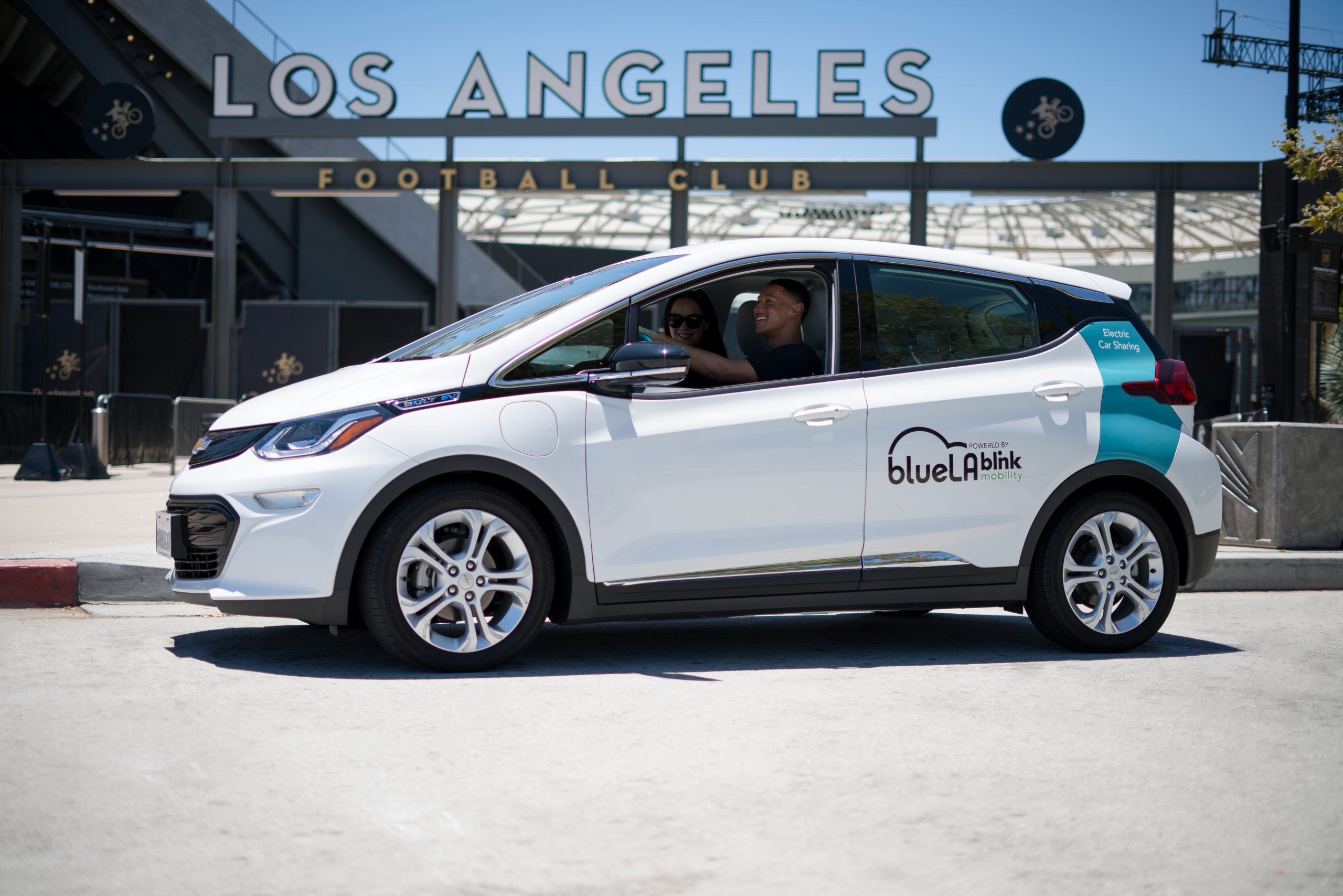Electric vehicles (EVs) have been steadily gaining traction in the automotive industry, promising a cleaner and more sustainable future. However, as the EV market expands, a concerning issue has arisen – the theft and vandalism of EV charging cables, primarily for their valuable copper content. This blog explores the growing problem of copper theft from EV chargers and the steps being taken at Blink Mobility to protect its charging infrastructure.
The Copper Connection
Copper is a highly sought-after metal with a long history of industrial use. It’s a critical component of EV charging cables due to its excellent conductivity, making it ideal for efficiently transferring electrical power. The price of copper on the global market has been rising, which, unfortunately, has attracted unwanted attention from thieves and vandals.
The Appeal of Copper Theft
The motives behind the theft of charging cables, particularly for their copper content, can be multifaceted:
- Copper Market: The rise in copper prices has turned these cables into valuable commodities on the black market, enticing criminals looking for quick financial gain.
- Easy Targets: Charging stations are often located in parking lots or public spaces, like Blink Mobility, making them accessible to thieves who can quickly cut and steal the cables.
- Low Risk: Thieves may perceive this type of theft as low-risk, as it often occurs in less crowded areas with minimal surveillance.
- Environmental Impact: Ironically, the theft of EV charging cables poses an environmental threat by disrupting the growth of electric mobility, which aims to reduce greenhouse gas emissions.
The Consequences of Copper Theft

The consequences of copper theft from charging cables are far-reaching:
- Charging Station Downtime: Vandalized charging cables render charging stations unusable, causing inconvenience and frustration for EV owners and Blink Mobility’s car sharing members. Fewer chargers available means lower battery levels for our car sharing members and sometimes even fewer cars available if there isn’t a place to charge the EV.
- Financial Implications: Repairing or replacing damaged cables is costly, diverting funds from expanding charging networks or leading to higher charging fees. For the copper value of a few dollars, vandals are causing thousands in EV charger repairs.
- Environmental Setbacks: Copper theft hinders efforts to promote clean energy and sustainable transportation, obstructing the reduction of carbon emissions.
- Negative Public Image: News stories about charger vandalism create a negative image of the EV community and discourage potential adopters.
Combating Copper Theft
Efforts are underway to tackle this issue and safeguard charging infrastructure:
- Security Measures: Installing security cameras, proper lighting, and alarms at charging stations acts as a deterrent to potential vandals. This is something Blink Mobility will be implementing very soon.
- Community Vigilance: Encouraging local communities and EV enthusiasts to be vigilant can help safeguard charging stations. Blink Mobility encourages members to be vigilant and if they see something, say something by reporting it to customer service by phone at 888-998-2546 ext. 4 or by email at support@BlinkMobility.com
- Legislation: Implementing laws and regulations to penalize cable theft deters potential criminals. Blink Mobility is working closely with the Los Angeles Department of Transportation and the Los Angeles Mayor’s office of Energy and Sustainability to find legal solutions to this ongoing issue.
- Recycling Measures: Promoting responsible recycling practices for copper can discourage the sale of stolen materials.
In conclusion, the theft of charging cables for their copper content is a significant challenge in the EV industry. By addressing the root causes of this problem, implementing security measures, and engaging with the public, we can protect the infrastructure crucial for a sustainable, electric transportation system. The resilience of the EV community, combined with efforts to overcome these challenges, ensures a brighter future for electric vehicles and environmentally conscious mobility.
Recommend for You
Stay Informed
Join our mailing list for hot news and company updates.







